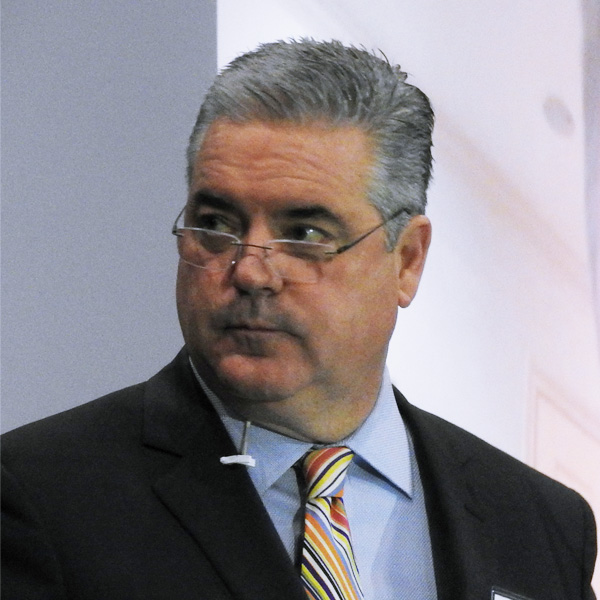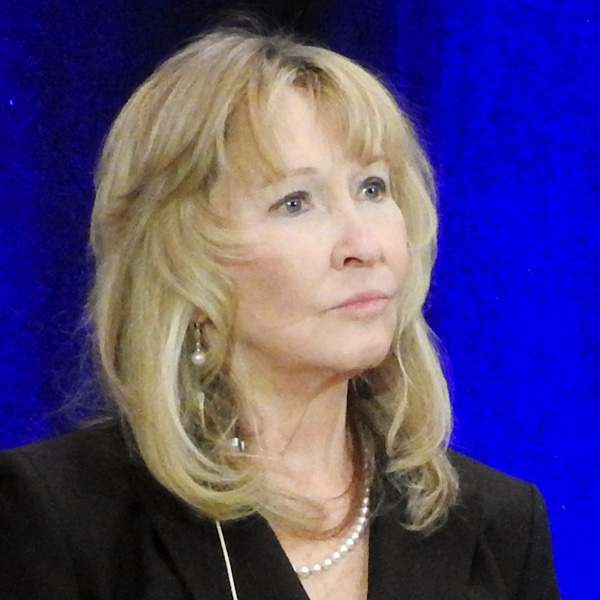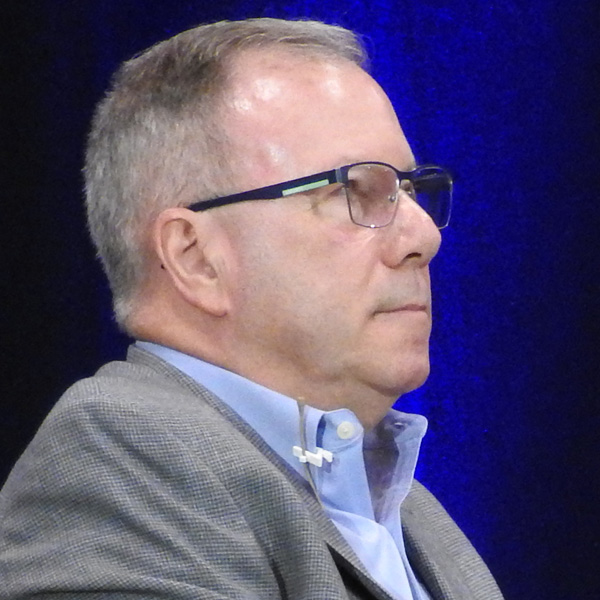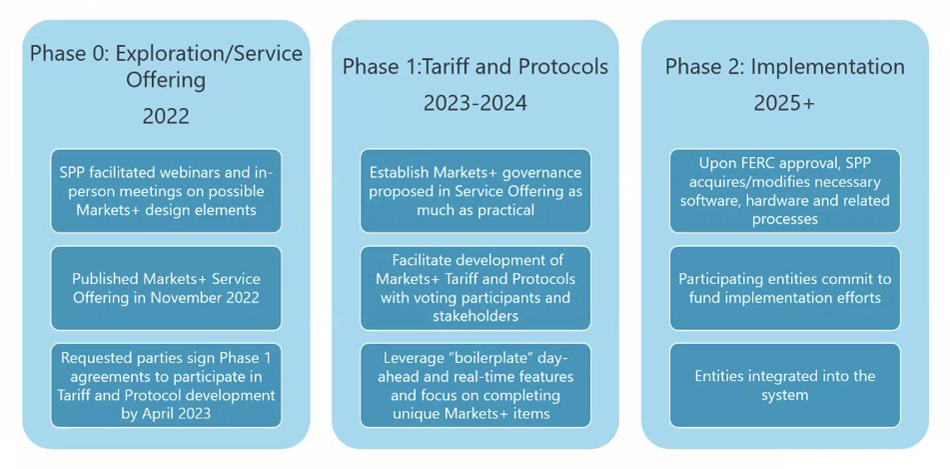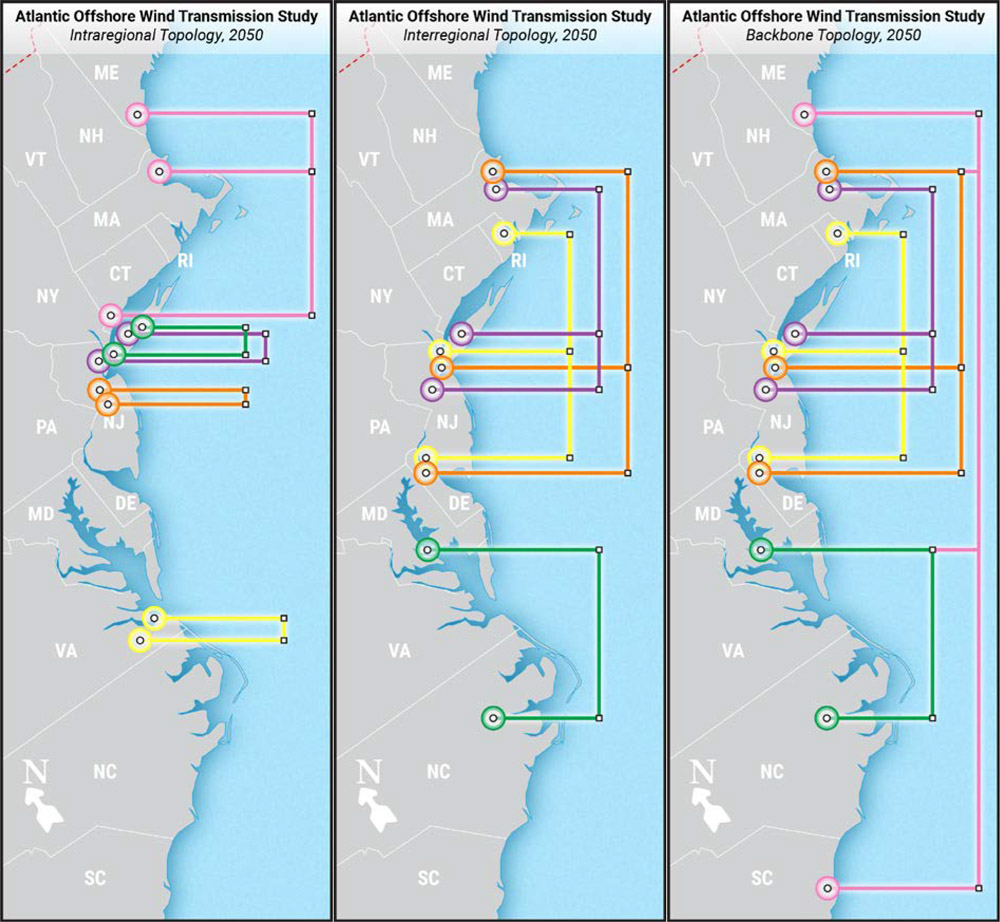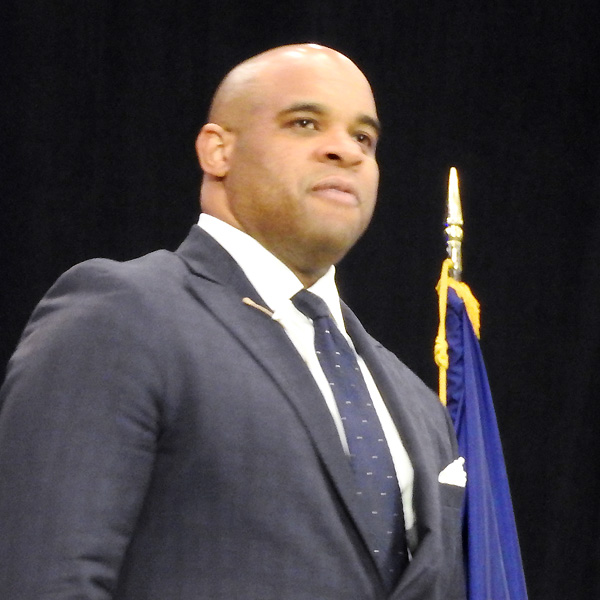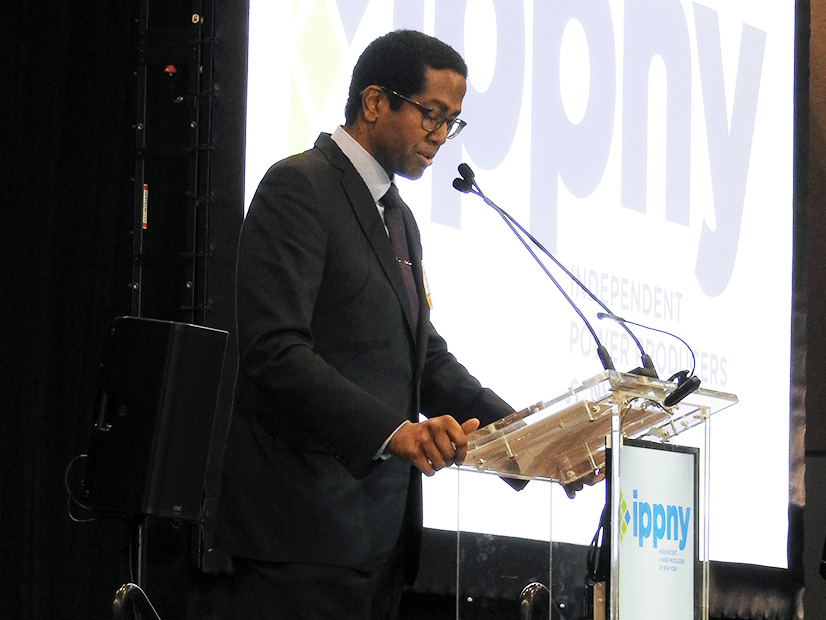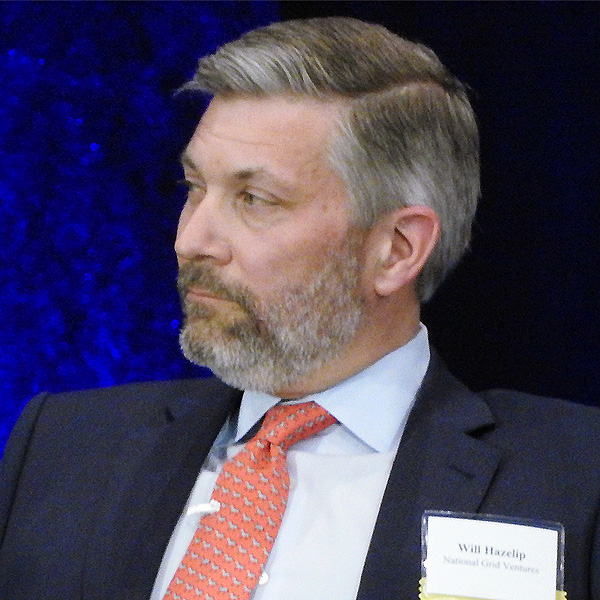ALBANY, N.Y. — New York’s transition to a deregulated wholesale power market helped drive the state’s adoption of innovative energy technology and policies, panelists said March 19 at the Independent Power Producers of New York’s 38th spring conference
“We’ve seen a transformation in front of our eyes,” said FERC Chair Willie Phillips.
IPPNY President Gavin Donohue also celebrated the 25th anniversary of New York’s market deregulation, highlighting the state’s achievements in reducing greenhouse gas emissions, transforming its energy investment strategies and taking the cost burden of transmission development from “the backs of ratepayers.”
According to IPPNY, energy market deregulation has kept wholesale electricity costs below inflation rates, halved carbon emissions, reduced sulfur dioxide and nitrogen oxide emissions by over 90% each, and spurred billions of dollars in grid investments by independent power producers.
However, Phillips said the state and country face new challenges, noting that, after years of flat demand, electricity use is spiking due to large load facilities such as microchip manufacturing plants and the energy-intensive data centers required for artificial intelligence computing.
“We’ve seen demand increase in a way we didn’t expect,” he said, “and this means, after being flat for the past decade, New York is grappling with how to bring new resources on to match the demands our system and also, at the same time, transition to a clean, more renewable energy future.”
Phillips said this is “the background we come to this conference with, as we talk about and celebrate the 25th anniversary of [New York’s] market.”
Reflecting on 25 Years, Looking Ahead to 25 More
NYISO, approved by FERC in 1998 as the New York Power Pool’s successor, initiated its competitive electricity markets on Dec. 1, 1999, and initially oversaw a transmission grid spanning over 10,700 miles powered almost entirely by fossil fuels, according to the New York State Energy Research and Development Authority.
“When we started to work on setting up market rules for competitive markets, we were primarily interested in creating the nuts and bolts of a competitive market: efficiency, lower costs and innovation,” said Suedeen Kelly, a partner at Jenner & Block and former FERC commissioner. “And it worked, and it’s continued.”
The ISO now manages over 11,000 miles of transmission, according to its 2023 Gold Book, and operates a system increasingly supported by a diverse group of resources such as solar or wind.
Saying that regulators appreciate how “New York takes risks,” Kelly praised the state for both adapting to evolving challenges and striving to incorporate new technologies into its market.
IPPNY estimates New York’s generation fleet has grown from 28 GW in 1999 to about 41 GW today. However, according to NYISO’s 20-year outlook, to meet its Climate Leadership and Community Protection Act (CLCPA) obligations, the state will need between 111 and 124 GW of installed capacity by 2040, with at least 95 GW of this coming from a blend of intermittent, energy storage and dispatchable emissions-free resources. (See “NYISO Releases the Outlook,” NYISO OC Discusses NOPR Comments, High Temps, EDS Results.)
Following the CLCPA’s ambitious decarbonization goals — 70% renewable electricity by 2030, 100% zero-emission electricity by 2040 and net-zero emissions statewide by 2050 — New York has adopted a more proactive legislative strategy, focused on promoting clean energy, retiring fossil fuel plants and expanding transmission.
“Everything in our industry is changing,” said Phillips, in response to a question raised by Donohue about how regulatory frameworks must adapt to future challenges like climate change and more energy-progressive policies.
“We as regulators have to change the way we approach these issues,” he added, “and we need a new generation to think differently about these problems.”
However, 25 years ago, this way of thinking would have been anathema to many New York legislators and regulators.
“That’s not the case anymore,” said William Flynn, industry team leader at law firm Harris Beach and a former PSC chair.
“Now, another branch of government is actively involved in shaping the future of the energy sector, which obviously impacts the future of competitive markets” he said, “but, no stone should be left unturned if we want to be truly successful in taking competitive markets to the next level.”
New York policymakers and agencies now aggressively seek to cut GHG emissions, invest in transmission buildout and resilience, and develop net-zero resources to replace an aging fossil fuel fleet, a marked shift in policy thinking made possible by market deregulation, according to IPPNY panelists.
Case in point, according to the New York Department of Environmental Conservation, which reports the state’s decarbonization progress annually, statewide GHG emissions in 2021 were 10.2% below the baseline limit adopted by the CLCPA’s regulations, with the energy sector’s emissions in 2021 being 19% lower than in 1990 but still accounting for about 76% of the state’s total emissions.
However, the Legislature is likely to accelerate the state’s decarbonization efforts as it considers bills like the NY HEAT Act (S2016A), which would eliminate the 100-foot rule requiring gas be provided to new customers, or another that expands New York’s hydraulic fracking ban by prohibiting carbon dioxide in natural gas extraction (S8357).
‘Magic’ in the Transition
In his keynote, PSC Chair Rory Christian reflected on the commission’s evolution after deregulation and how it can now harness the “magic” of new advanced technologies to address CLCPA mandates and tackle today’s challenges.
“While we can understand and marvel about the technology we all possess,” he said, “one thing I think most people don’t take into consideration, however, is the fact that our ability to wield this magic is defined by the availability of cheap, reliable, safe energy systems, and that our daily lives depend on our ability to wield this magic.”
Christian said New York’s “departure from a vertically integrated utility model to a restructured wholesale electric market” set the stage for the PSC to support the CLCPA’s net-zero goals, since it allowed the commission to incorporate competition into the state’s energy markets, mitigating financial risks to ratepayers by shifting development costs to private entities.
“New York utilities have either maintained or improved their reliability and have done so while weathering increasingly severe and frequent climate events,” he said, adding that the PSC, which oversees the state’s utilities, “works tirelessly to identify the pathways to address the state’s future energy needs and ensure an equitable access to energy.”
“We recognize that our actions have impact on lives and livelihoods, and that our actions mean the difference between our security and calamity, and the ripple effects can extend far beyond our state borders,” he added.
Christian said that for New York to “remain ahead of the curve,” the PSC remains committed to adapting to looming challenges, including electrification, modern technologies like AI and climate change, since the commission must provide New York and its utilities with the capacity to successfully adapt.
He detailed how the PSC has sought to help New York achieve the CLCPA’s mandates by opening a new proceeding to investigate modern resources or technologies, engaging state utilities to coordinate their grid planning processes, approving bulk and local transmission system investments, and creating competitive procurement processes to address the state energy system’s changing needs.
“We in New York, and across the U.S., must be prepared to capture these prospective benefits and provide the power needed to harness this new form of magic,” he said, “and what’s clear to me, is that [New York’s] competitive markets will likely play a role in each.”
New York is walking a fine line between its lofty aspirations and realities on the ground, but as was similarly expressed at last year’s IPPNY conference, industry stakeholders are keen to take advantage of the new opportunities that will come from the state’s pursuit of a decarbonized economy and cleaner grid. (See IPPNY Panelists Urge Collaboration, Coordination in Transition; Overheard at IPPNY 2023 Spring Conference.)
This delicate balance was summarized by Donohue in his closing remarks.
While he attributed the success of New York’s decarbonization efforts to advantages gained from the transition to a deregulated market, he pointed out that, despite those accomplishments, “there’s a lot of work left to be done in New York, since we still have to come up with an awful lot of zero-emission resources.”
